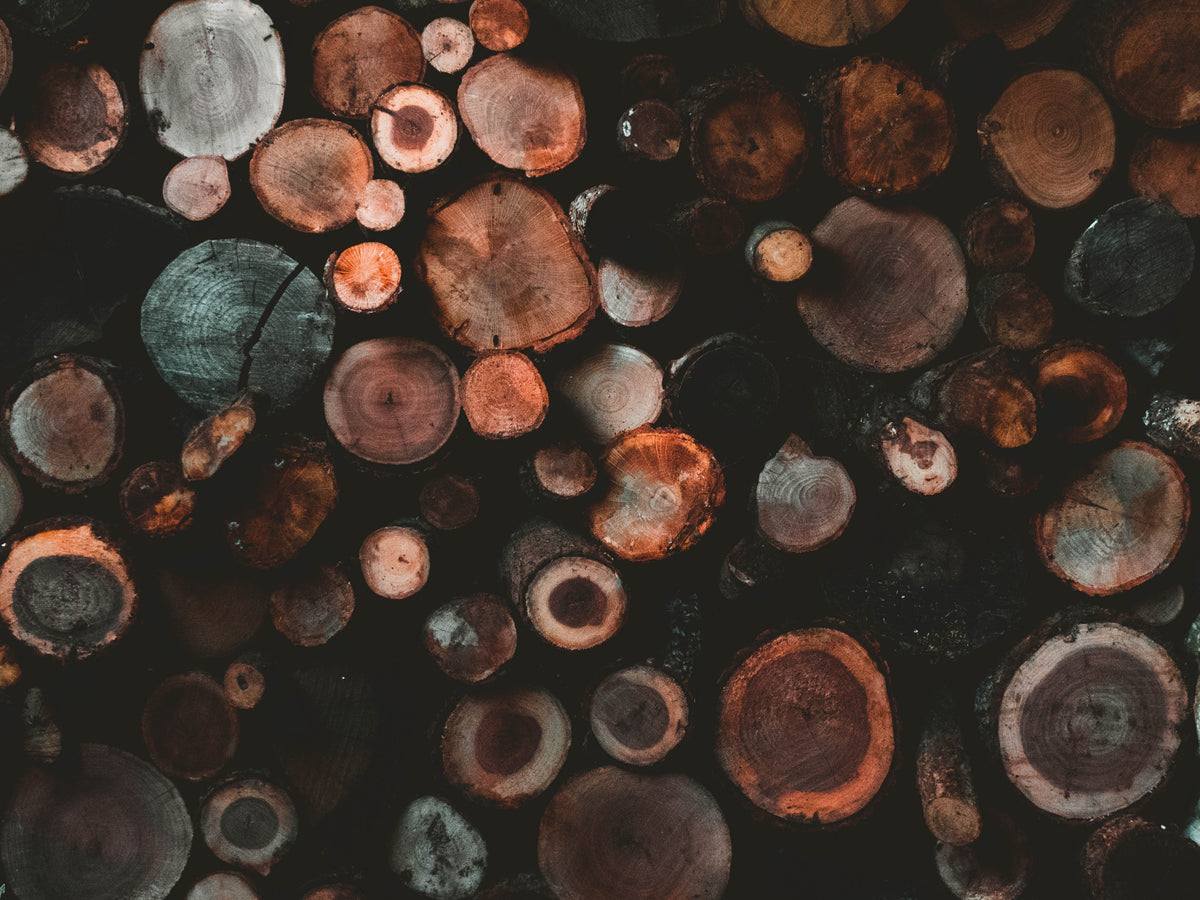Extremely great piece of journalism. I admire how well explained your information was and how clear and understandable it is. Its amazing and thank you for publicizing this knowledge.

It’s no secret that the majority of consumers want sustainable products and eco-friendly packaging. According to this Forbes report, consumers say the desire to help the environment is the primary reason for buying sustainable products.
However, it’s important to note there’s more to sustainability than just helping the current state of our environment. Sustainability means meeting our current needs without compromising the ability of future generations to meet their needs. Sustainability has three principal parts: the economy, society and the environment.
More and more shoppers are looking at the origins behind the products they’re buying, including wood and paper-based products. If you’re used to hearing the term “sustainable” but not exactly sure what it means, you’re not alone. It’s a common question. Maybe you get the gist of it, but what’s the difference between “sustainable” and “unsustainable”? Although going green and buying sustainable products has become a widely popular practice, not everyone is fully aware of exactly what sustainably sourced products - particularly sustainably sourced wood, in this instance - are. Since wood comes from trees, one could assume all wood is sustainable. However, this is far from the truth. We’re going to explain what sustainable wood is, illegal logging and the most sustainable woods available.
What is the Process for Sustainably Sourcing Wood?
Sustainable lumbering is the practice of harvesting trees responsibly. The process involves planting seedlings faster than trees are cut down. Cutting trees for timber upsets the natural order of that particular ecosystem, so replanting is a must when preparing for the future of the forest.
What is Sustainable Wood?
Sustainable wood is sourced from sustainably managed forests. Forest stewards manage the landscape to prevent damage to wildlife, watersheds and other forest ecosystems. Instead of only thinking of the short-term uses of the resource, the sustainable approach focuses on ensuring the forest is still healthy for future generations of species. Preserving the forests allows for greater carbon sequestration as well as healthy organic ecosystems.
Wood from an unsustainable source is chopped from trees without considering the fact that the area may never recover. Some wood-harvesting companies disturb the delicate balance of the forest without thinking about how they can help the forest regenerate, and move to a new forest when the resources are depleted.
Why Bother Buying Sustainable Wood?
Unsustainable wood has a significant effect on the areas where it’s harvested. Along with unsustainable sourcing comes the violation of human rights, hunting endangered species and threatening the lifestyle of indigenous tribes. For example, Malaysian wood production is moving at a faster rate than the replanting is going, which is causing irreversible damage.
In this case, wood is illegally smuggled into the country from Indonesia to keep up with the demand. This practice is known as illegal logging. This is also occurring in countries like Peru and The Dominican Republic of the Congo.
In a study conducted by the American Forest & Paper Association, it’s estimated that illegal logging depresses world timber prices between 7-16%, which costs the United States an estimated $40 million a year. In this case, governments lose revenue from taxes and duties in addition to the costs of attempting to manage illegal logging.
Sustainable Certifications
Organizations around the world have made dedicated efforts to create a system for maintaining and monitoring sustainable wood. One of the most prominent organizations is the Forest Stewardship Council (FSC). This non-profit organization helps promote responsible forest management through an internationally recognized certification system.
This system is a way to ensure the use of sustainable wood. When purchasing wood yourself, checking for the FSC logo helps provide peace of mind and the assurance that it has been sustainably sourced.
Which Wood is the Most Sustainable?
When it comes to trees, timber is a replaceable, fast-growing resource and tends to be more sustainable that slow-growing trees, such as hemlock or white cedar. Some of the most sustainable woods include the following.
Bamboo - Technically speaking, bamboo is a grass, however it’s a naturally occurring sustainable resource that is often used like the wood from a tree. Bamboo is one of the fastest growing plants in the world, which means bamboo forests can regenerate quickly when properly harvested. With about 1,500 species of bamboo in existence today, it can replace traditional wood in many cases.
White Ash - White Ash is a North American species that is commonly used to make furniture. It’s strong, hard and heavy, making it an ideal option for things like tables and chairs.
Oak - Although this is a slow-growing tree, it’s commonly FSC certified. This light-colored, durable wood is often used for cabinets.
Mahogany - Mahogany generally comes from Africa, Asia and South America and is another fast growing, regenerative tree.
Maple - This wood is commonly found in North America. Popular varieties include sugar maple, hard maple and sycamore maple.
Pinewood - This is a popular option because it is widely available and most often ethically sourced.
All of our wood is sustainably sourced from forests that are ethically grown and maintained. If you have any questions about where our wood comes from or how it’s harvested and treated, please don’t hesitate to contact us.
Comments
Extremely great piece of journalism. I admire how well explained your information was and how clear and understandable it is. Its amazing and thank you for publicizing this knowledge.
Thanks for sharing this quality information with us. I like this information.
embroidery digitizing
This is a great article. I didn’t really understand what sustainable wood was until I read this article. Thanks for sharing.